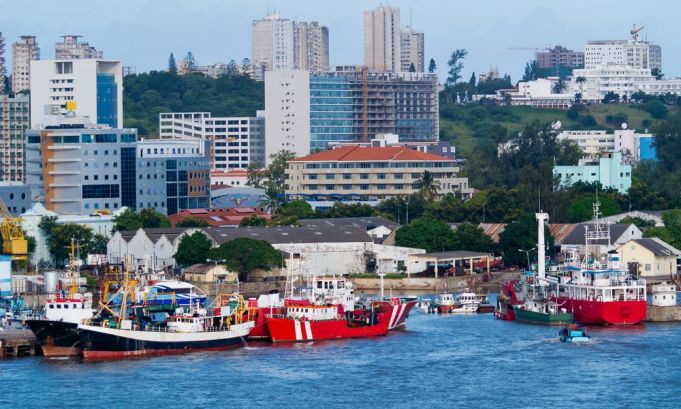Where to live in Maputo
Sitting on the west side of Maputo Bay overlooking the Indian Ocean, Maputo is divided into two distinct parts: the colonial Cidade cimento, occupying the areas closest to the sea, and the indigenous Canio, stretching further inland.
The former is inhabited by middle- and high-income Mozambicans and the large expatriate community, while the latter is home to the local population. Since the end of the post-independence conflict (1975-1992, although peace was only properly established in 1994) there has been an increase in both reasonably priced and exclusive accommodation consisting of both apartments and detached houses, usually on two floors which is spacious by European standards. Traffic in the city is heavy and the roads are generally poor.
Buses are in short supply and the local population gets around on foot or by the semi-official chapas (white minibuses displaying the number and destination on the front), which are very cheap but not always safe. Expats travel mostly by taxi or buy their own car.
Maputo is relatively safe and offers a good range of leisure and sports activities, beautiful beaches and a pleasant climate. It also has an interesting cultural life, with film, music, drama, dance, exhibitions and events organised by the numerous humanitarian agencies or by the university. There are several international schools and private clinics, although rich Mozambicans and most expats prefer to go to Nelspruit in neighbouring South Africa for treatment if they are seriously ill. Portuguese and some English are spoken in the Cidade cimento, while one is more likely to hear MaXangana or MaRonga, two of the many local tongues, in the Canio. Text and photos: Rafaella Greco Tonegutti, toneguttir@yahoo.it

Alto Ma stretches along the end of Avenida 24 de Julho and Avenida Eduardo Mondlane between the Cida...
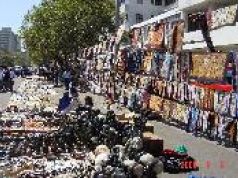
Daily life in this busy commercial area revolves around the harbour and the central fruit and vegeta...
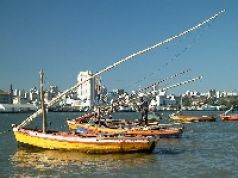
Catembe is a small settlement on the far side of Maputo Bay, 15 minutes by ferry from the Baixa. Pas...
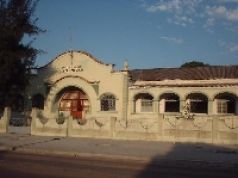
Located northwest of Polana and Sommerschield in the direction of the commercial Baixa area, Central...
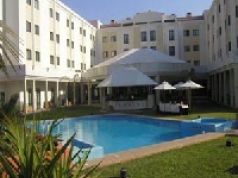
Coop, east of Malhangalene, is the old Bairro Militar, or colonial military quarter, built to includ...

Inhaca is the largest island in Maputo Bay about 37 km off the coast with a nature reserve, the smal...

Originally referring to the area around the Ponta Vermelha promontory, after independence Maxaquene...

In the last five years a number of new villas and compounds have been built from Sommerschield down...
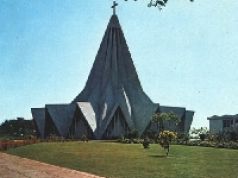
Following independence from Portugal in 1975 and the subsequent reorganisation of urban areas, Polan...


